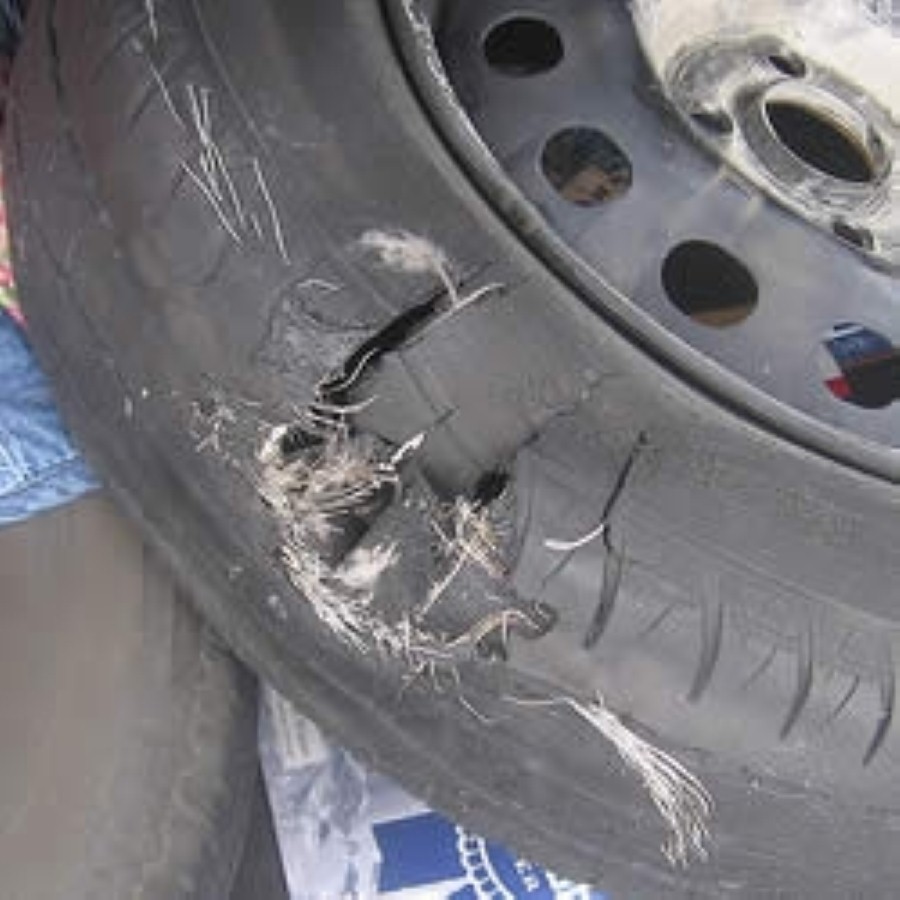Road surface made of tyres is trialled on M1
A new road surface is being trialled that the government hopes could reduce the volume of potholes on the highways as well as decrease the number of tyres being sent to landfill each year.
A section of the M1 near Leicester has been laid with a surface developed by Tarmac featuring asphalt technology that recycles old tyres by adding granulated rubber to the mix.
Believed to be the first of its kind, Tarmac estimates that as many as 750 old tyres could be used for every kilometre of road surfaced with the new material.
Highways England is providing funding for the trial in the hope that this environmentally-friendly new technology could represent the future of road surfacing.
As many as 40 million waste tyres are produced in the UK every year, but EU regulations mean they cannot be sent to landfill in this country.
Instead, they are shipped elsewhere, often to less developed nations – and some of the resulting tyre graveyards can now be seen from space.
The M1 trial between junctions 22 and 23 southbound will test the durability of the new material on a heavily-used motorway in the hope that the results will prove positive.
Tarmac's Paul Fleetham said: "Technical innovation has a key role to play in improving the environmental performance of our roads. As a previously overlooked waste stream, used tyres offer a significant opportunity to unlock the benefits of a circular economy."
It is also hoped that using granulated rubber in this way could boost the 'bounceback' of road surfaces, thereby reducing damage and the inevitable eventual potholes.
This is something likely to be at the forefront of motorists' minds, with the Federation of Small Businesses recently revealing the combined depth of England's potholes is now 15 times that of the Grand Canyon.
If this continues, as much as 40,000 miles of the UK's roads could become unusable by 2023, the Asphalt Industry Alliance has warned.
